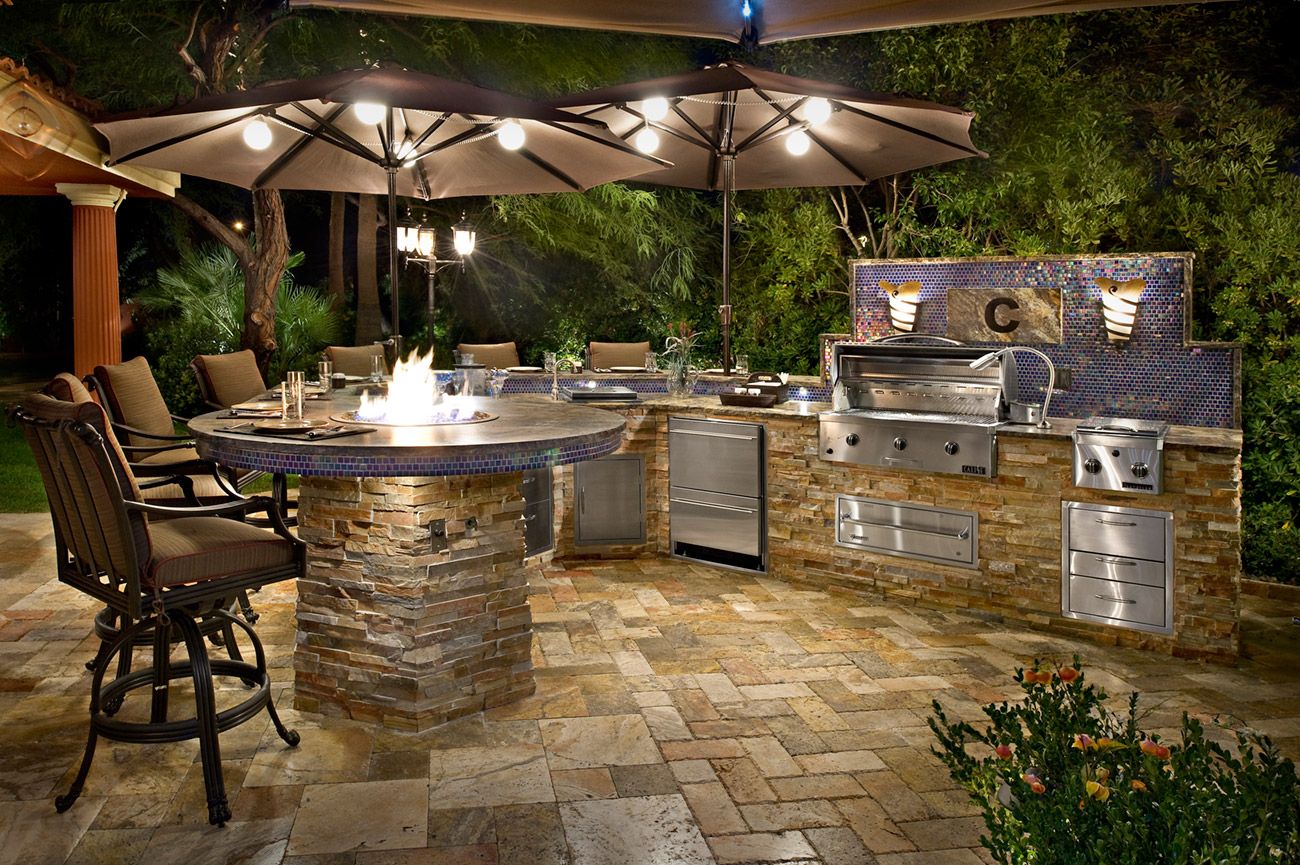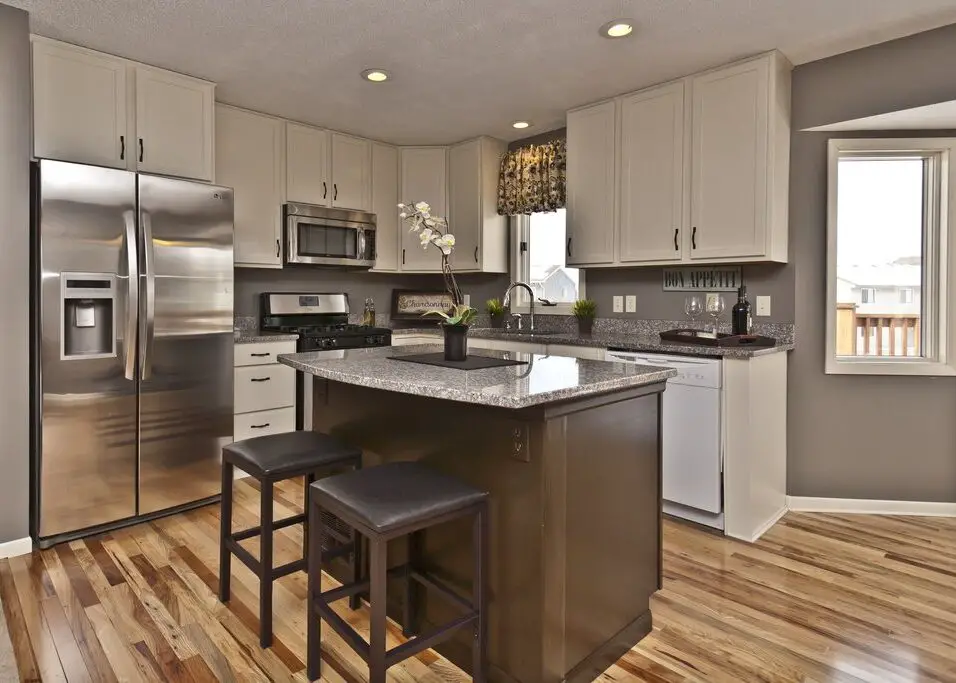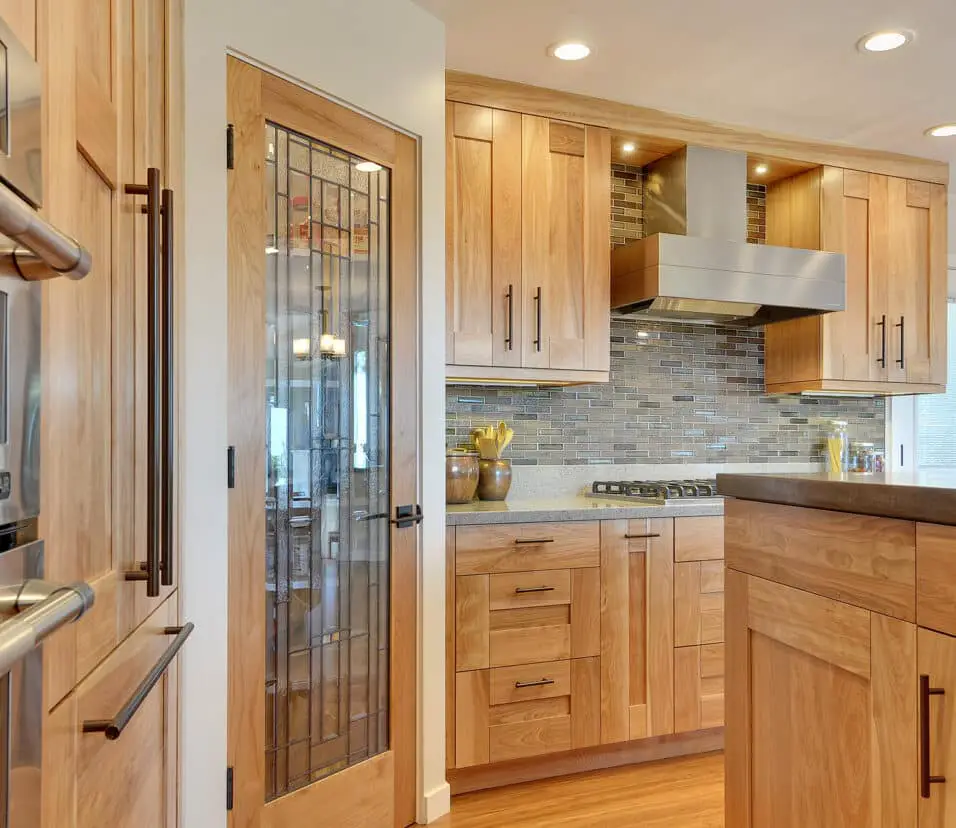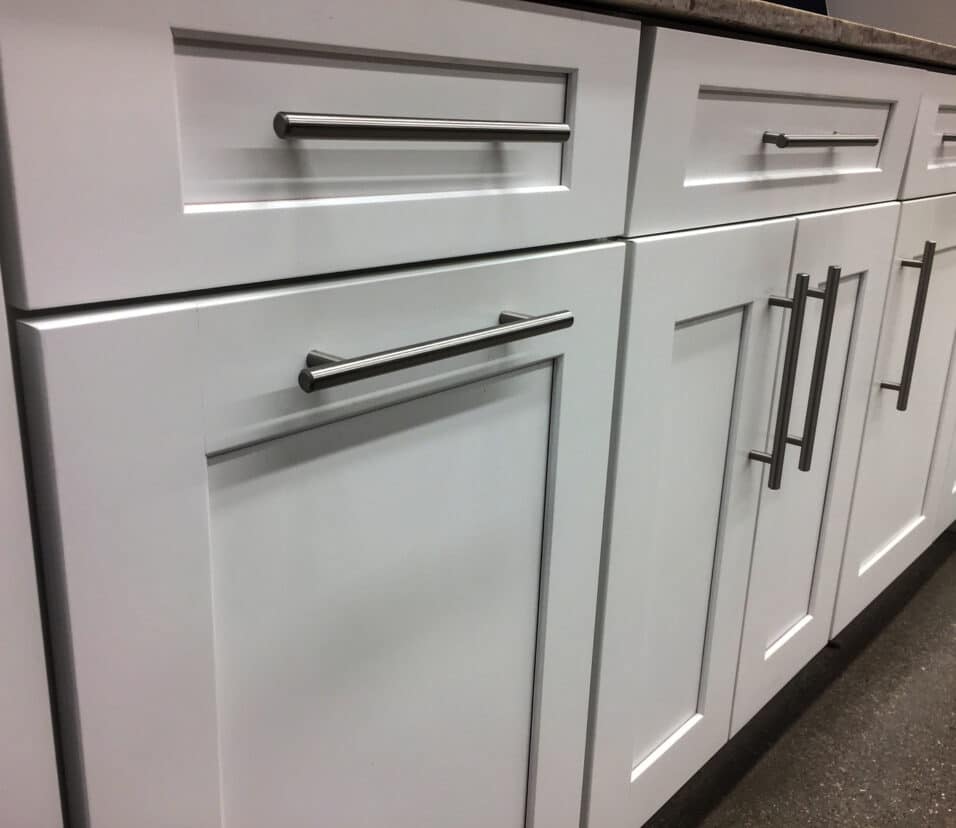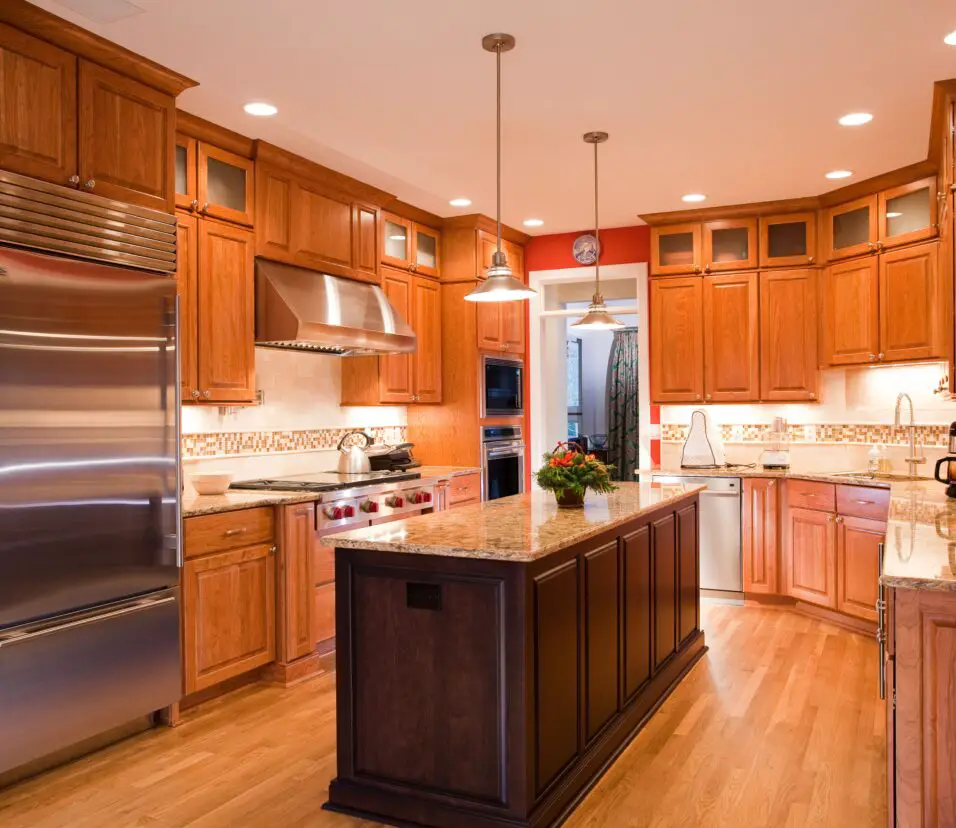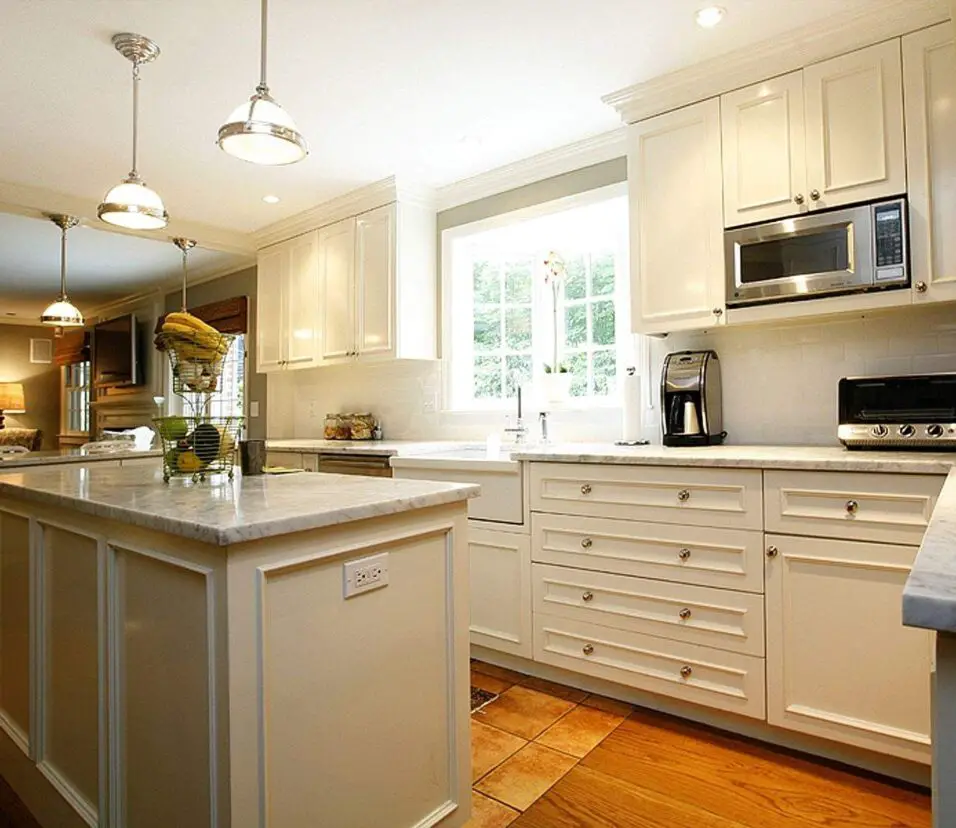How To Design An Outdoor Kitchen
Introduction
How To Design An Outdoor Kitchen: Designing an outdoor kitchen is a fantastic way to enhance your outdoor living space and create a functional and stylish area for cooking and entertaining. Whether you are a culinary enthusiast or simply enjoy spending time outdoors, an outdoor kitchen can provide you with a unique and enjoyable experience. In this article, we will explore the various aspects of designing an outdoor kitchen, from layout and appliances to materials and aesthetics.
Choosing the Right Appliances: One of the key elements of an outdoor kitchen cabinet is the selection of appliances. The appliances you choose will depend on your cooking preferences and needs. A grill is typically the centerpiece of an outdoor kitchen, and there are various options available, including gas, charcoal, and electric grills. Other popular appliances include outdoor refrigerators, sinks, and side burners. It is important to select appliances that are specifically designed for outdoor use to ensure durability and longevity.
Durability and Aesthetics: Outdoor kitchen materials determine durability and aesthetics. Weatherproof and robust materials are needed. Stone, tile, and stainless steel are prominent outdoor kitchen materials. Your outdoor kitchen can be more appealing with lighting, seating, and planting. Outdoor kitchen design include layout, appliances, materials, and aesthetics. Build an outdoor kitchen that meets your culinary demands and enhances outdoor life with a viable concept, the right appliances, and sturdy materials. So whether you’re a professional chef or just prefer cooking outside, construct an outdoor kitchen to improve your outdoor space.
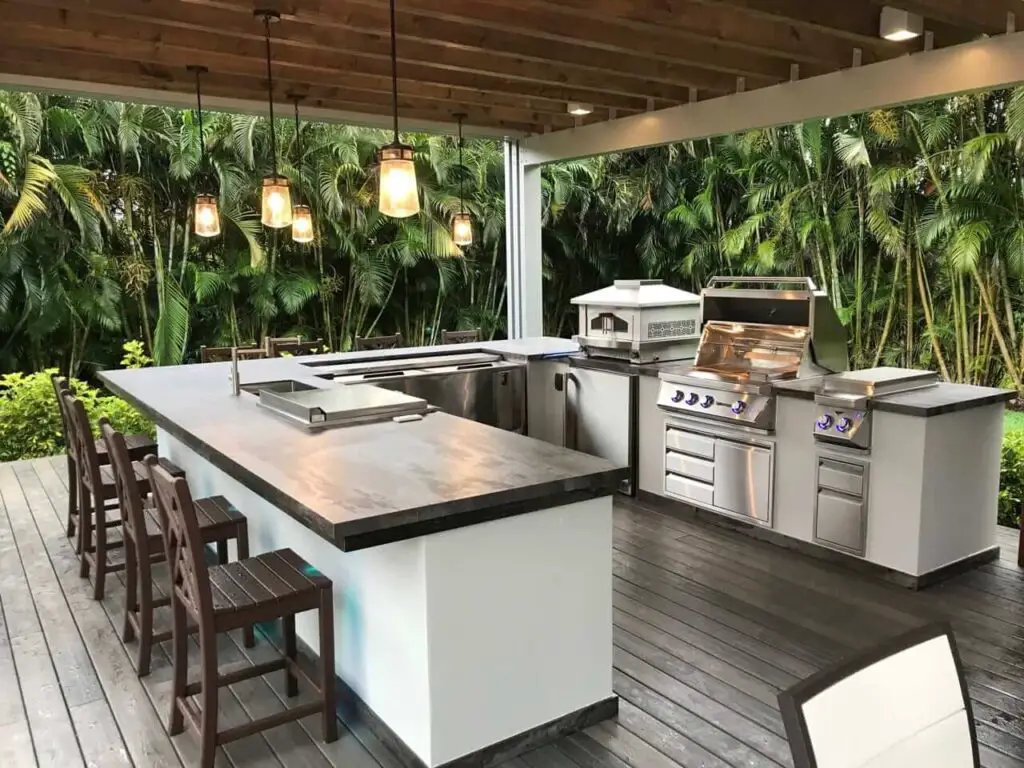
What to consider when designing an outdoor kitchen?
Recently, I sat down with Danver’s in-house designer, Denise Litchfield,
Identified 10 key things to consider when designing an outdoor kitchen:
- Budget. It is important to determine an affordable budget and stick to it.
- Location, Location, Location.
- Layout.
- Functionality.
- Design Options.
- Appliances.
- Bar.
- Lighting.
When designing an outdoor kitchen
There are several important factors to consider in order to create a functional and enjoyable space. Whether you are a professional chef or simply enjoy cooking and entertaining outdoors, careful planning and attention to detail can make all the difference in the success of your outdoor kitchen design.
First and foremost
It is essential to consider the layout and flow of your outdoor kitchen. This includes determining the location of key elements such as the grill, sink, and food preparation areas. The layout should be designed in a way that allows for easy movement and accessibility, ensuring that you can efficiently navigate the space while cooking and entertaining.
Another important consideration
The choice of materials for your outdoor kitchen. Since it will be exposed to the elements, it is crucial to select materials that are durable and weather-resistant. Stainless steel appliances and countertops are popular choices for outdoor kitchens due to their ability to withstand the outdoor conditions. Additionally, using materials such as stone or tile for the flooring and backsplash can add a touch of elegance and enhance the overall aesthetic appeal of the space.
Lighting is also a key aspect to consider when designing an outdoor kitchen
Adequate lighting is essential for both safety and functionality. It is important to incorporate a combination of task lighting, such as overhead lights above the grill and work areas, as well as ambient lighting to create a warm and inviting atmosphere. Additionally, consider adding accent lighting to highlight architectural features or landscaping elements surrounding the outdoor kitchen.
Furthermore, it is crucial to think about the overall functionality and convenience of your outdoor kitchen. This includes considering the storage options available, such as cabinets and drawers, to keep cooking utensils, dishes, and other essentials organized and easily accessible. Additionally, incorporating features such as a refrigerator, ice maker, or outdoor sink can greatly enhance the convenience and efficiency of your outdoor cooking and entertaining experience.
Designing an outdoor kitchen requires careful consideration of various factors such as layout, materials, lighting, and functionality. By taking the time to plan and design your outdoor kitchen with these aspects in mind, you can create a space that not only meets your cooking and entertaining needs but also enhances the overall enjoyment of your outdoor living area.
How to make a simple outdoor kitchen?
Wood frame outdoor kitchen
1: Create a basic frame structure. Measure and cut your timber to create the frame’s basic structure. …
2: Add support beams.
3: Paint the frame.
4: Cover the frame.
5: Add plastic feet and attach the frame to the wall.
6: Attach the worktop.
Introduction:
Creating a simple outdoor kitchen can be a fantastic addition to your home, providing a space for cooking and entertaining outdoors. Whether you enjoy hosting barbecues or simply want a convenient area to prepare meals outside, an outdoor kitchen can enhance your outdoor living experience. In this guide, we will provide step-by-step instructions on how to make a simple outdoor kitchen.
Planning and Design:
Before you begin constructing your outdoor kitchen, it is essential to plan and design the layout. Consider the available space, your cooking needs, and the overall aesthetic you want to achieve. Determine the location of your outdoor kitchen, ensuring it is easily accessible from your indoor kitchen and has proper ventilation.
Materials and Appliances:
Next, gather the necessary materials and appliances for your outdoor kitchen. Choose durable materials that can withstand outdoor elements, such as stainless steel for countertops and cabinets. Additionally, select appliances that are specifically designed for outdoor use, such as a grill, refrigerator, sink, and storage cabinets.
Construction:
Once you have your design and materials ready, it’s time to start the construction process. Begin by building a sturdy base for your outdoor kitchen, using concrete blocks or bricks. Ensure the base is level and stable. Then, install the countertops and cabinets, making sure they are securely attached. Connect the necessary plumbing and electrical lines for the sink and appliances.
Finishing Touches:
After the construction is complete, add the finishing touches to your outdoor kitchen. Install lighting fixtures to illuminate the area for evening use. Consider adding a pergola or canopy to provide shade and protection from the elements. Finally, decorate the space with outdoor furniture, plants, and accessories to create a welcoming and functional outdoor kitchen.
By following these instructions, you can create a simple outdoor kitchen that will enhance your outdoor living space and provide a convenient area for cooking and entertaining. Remember to prioritize safety and functionality while also incorporating your personal style and preferences.
How to design an outdoor kitchen on a budget?
6 Ideas to Build an Outdoor Kitchen on a Budget
Build Your Outdoor Kitchen Close to the House. Placing an outdoor kitchen close to your home is much cheaper than building one further away. …
Minimize Utility Line Costs.
Keep Things Portable.
Opt for Versatility.
Build an Outdoor Kitchen DIY Style.
Introduction:
Designing an outdoor kitchen on a budget can be a challenging task, but with careful planning and creativity, it is definitely achievable. Whether you have a small patio or a spacious backyard, there are several ways to create a functional and stylish outdoor kitchen without breaking the bank. In this article, we will explore some budget-friendly ideas and tips to help you design your dream outdoor kitchen.
Utilize existing space:
One of the first steps in designing an outdoor kitchen on a budget is to make the most of the space you already have. Assess your outdoor area and determine the best location for your kitchen. Consider utilizing an existing patio or deck, as this can save you money on construction costs. Additionally, take advantage of any natural features, such as trees or walls, that can provide shade or act as a backdrop for your kitchen.
Choose affordable materials:
When it comes to selecting materials for your outdoor kitchen, opt for affordable options that still offer durability and style. For countertops, consider using concrete or tile instead of expensive stone. These materials can be cost-effective and can be customized to suit your design preferences. Similarly, choose affordable yet durable flooring options such as stamped concrete or outdoor tiles.
Focus on essential appliances:
While it may be tempting to include all the latest high-end appliances in your outdoor kitchen, it is important to prioritize and focus on the essentials. Invest in a good quality grill, as it will be the centerpiece of your outdoor cooking area. Look for sales or consider purchasing a slightly older model to save money. Other essential appliances may include a refrigerator, sink, and storage cabinets. Consider purchasing these items second-hand or during sales to stay within your budget.
Add personal touches:
To make your outdoor kitchen feel unique and personalized, add some personal touches to the design. Incorporate plants, herbs, or flowers to create a vibrant and inviting atmosphere. Hang string lights or install outdoor lanterns to create a cozy ambiance for evening gatherings. Additionally, consider adding seating options such as bar stools or a picnic table to encourage socializing and relaxation in your outdoor kitchen space.
How much does it cost to build an outdoor kitchen?
Building an outdoor kitchen can be a great addition to your home, providing a space for cooking and entertaining outdoors. However, the cost of building an outdoor kitchen can vary depending on several factors. In this article, we will explore the different elements that contribute to the overall cost of building an outdoor kitchen.
Design and Layout:
The design and layout of your outdoor kitchen play a significant role in determining the cost. The complexity of the design, the materials used, and the size of the kitchen all impact the overall cost. For example, if you opt for a simple layout with basic appliances and materials, the cost will be lower compared to a more elaborate design with high-end appliances and custom features.
Appliances and Equipment:
The cost of appliances and equipment is another crucial factor to consider. Outdoor kitchens typically include a grill, sink, refrigerator, and storage cabinets. The cost of these appliances can vary depending on the brand, size, and features. Additionally, if you choose to include additional appliances such as a pizza oven or a wine cooler, it will add to the overall cost.
Materials:
The choice of materials for your outdoor kitchen also affects the cost. Common materials used for outdoor kitchens include stainless steel, stone, brick, and concrete. Each material has its own price range, and the cost will depend on the quality and quantity required. For example, using high-end materials like granite countertops will increase the cost compared to using a more affordable option like concrete.
Additional Features:
Adding extra features to your outdoor kitchen can significantly impact the cost. These features may include a pergola or a roof structure to provide shade, outdoor lighting, a fire pit, or a seating area. The more features you add, the higher the cost will be. It is essential to consider your budget and prioritize the features that are most important to you.
The cost of building an outdoor kitchen depends on various factors such as the design, appliances, materials, and additional features. It is crucial to plan your budget and prioritize your needs to create a functional and enjoyable outdoor kitchen space.
What is a good size for an outdoor kitchen?
An outside kitchen can range in size from about 10 feet long to as large as you would like. Smaller options will just hold the essentials, and larger options will be able to accommodate multiple chefs at once! Most people use a space that’s between 100 and 400 square feet… Or 10×10 to 20×20 feet.
Firstly, you should consider the available space in your backyard or patio. Measure the area where you plan to install the outdoor kitchen and take note of any existing structures or features that may impact the size and layout. It’s important to leave enough space for comfortable movement and to avoid overcrowding the area.
Secondly, think about how you intend to use your outdoor kitchen. Are you planning to host large gatherings and cook for a large number of people? Or do you prefer more intimate gatherings with a smaller group of friends and family? The size of your outdoor kitchen should be determined by the number of people you expect to accommodate and the type of cooking you plan to do.
Thirdly, consider the appliances and features you want to include in your outdoor kitchen. Do you want a built-in grill, a sink, a refrigerator, or a pizza oven? Each of these appliances will require space, so it’s important to plan accordingly. Additionally, think about the storage space you’ll need for utensils, cookware, and other kitchen essentials.
Lastly, consider the overall aesthetics and design of your outdoor space. Your outdoor kitchen should complement the existing style and architecture of your home and outdoor area. It should blend seamlessly with the surrounding environment and enhance the overall appeal of your outdoor living space.
What is a good size for an outdoor kitchen?
The size of your outdoor kitchen should be determined by the available space, your intended use, the appliances and features you want to include, and the overall aesthetics of your outdoor area. By carefully considering these factors, you can create a functional and visually appealing outdoor kitchen that meets your needs and enhances your outdoor living experience.
When designing an outdoor kitchen, there are several key factors that need to be considered to ensure functionality, durability, and overall satisfaction. Firstly, it is important to assess the available space and determine the layout that best suits your needs. Consider the proximity to the indoor kitchen, dining area, and any existing structures or features in your outdoor space. This will help create a seamless flow between indoor and outdoor living.
Your local climate and weather are also important. This will affect your outdoor kitchen’s materials, ventilation, and weatherproofing. Installing weatherproof materials like stainless steel or stone surfaces ensures durability and ease of upkeep. Your outdoor kitchen’s appliances and equipment must be properly chosen. Choose outdoor-rated appliances that can tolerate heat, dampness, and other factors. Choose a built-in grill, pizza oven, or cooktop based on your cooking style. The design should also include enough storage for utensils, cookware, and other necessities.
How can the layout and design of an outdoor kitchen optimize functionality and efficiency?
When it comes to optimizing functionality and efficiency in the layout and design of an outdoor kitchen, there are several key factors to consider. Firstly, it is important to carefully plan the placement of different elements within the kitchen space. This includes strategically positioning the grill, sink, and food preparation areas in a way that allows for easy movement and workflow. By creating a logical and efficient layout, you can minimize the time and effort required to navigate between different stations, ultimately enhancing the overall functionality of the outdoor kitchen.
Another aspect to consider is the incorporation of storage solutions. Adequate storage is essential for keeping utensils, cookware, and ingredients organized and easily accessible. Including cabinets, drawers, and shelves in the design allows for efficient storage and helps to maintain a clutter-free workspace. Additionally, incorporating features such as built-in trash bins and recycling centers can further optimize functionality by promoting cleanliness and convenience.
What are some essential appliances and equipment needed for an outdoor kitchen?
When designing an outdoor kitchen, it is crucial to consider the essential appliances and equipment that will enhance its functionality and make it a practical space for cooking and entertaining. The choice of appliances will largely depend on individual preferences and cooking styles, but there are a few key items that are commonly found in most outdoor kitchens.
Grill: A high-quality grill is the centerpiece of any outdoor kitchen. Whether you prefer a gas, charcoal, or electric grill, it is important to choose one that suits your cooking needs and provides sufficient cooking space. Look for features like multiple burners, adjustable heat settings, and a built-in thermometer for precise temperature control.
Outdoor Refrigerator: An outdoor refrigerator is a must-have appliance for keeping food and beverages cool and easily accessible. Look for a model that is specifically designed for outdoor use, as it will be more durable and resistant to the elements. Consider the size and storage capacity based on your needs, and opt for features like adjustable shelves and temperature controls.
Preparation Area:
A spacious and well-equipped preparation area is essential for any outdoor kitchen. This can include a countertop or an island with ample workspace for food preparation, cutting boards, and utensil storage. Consider materials that are weather-resistant and easy to clean, such as stainless steel or stone.
Storage Space: Adequate storage is crucial for keeping your outdoor kitchen organized and clutter-free. Install cabinets, drawers, or shelves to store cooking utensils, pots and pans, and other essentials. Opt for materials that can withstand outdoor conditions and choose a layout that maximizes storage space while keeping everything easily accessible.
Outdoor Sink: Having a sink in your outdoor kitchen is not only convenient but also essential for food preparation and cleanup. Look for a sink that is made of durable materials like stainless steel and has a faucet with hot and cold water options. Consider the placement of the sink to ensure easy access and efficient workflow.
When designing an outdoor kitchen, it is important to consider the essential appliances and equipment that will enhance its functionality and make it a practical space for cooking and entertaining. A high-quality grill, outdoor refrigerator, spacious preparation area, storage space, and an outdoor sink are some of the key items that should be included in an outdoor kitchen to ensure a seamless cooking experience and create a functional and organized space.
What are some creative and innovative design ideas for an aesthetically pleasing outdoor kitchen?
When it comes to designing an aesthetically pleasing outdoor kitchen, there are numerous creative and innovative ideas that can elevate the overall look and feel of the space. One popular design idea is to incorporate a focal point, such as a stunning outdoor fireplace or a stylish pizza oven. These elements not only add visual interest but also serve as functional features that enhance the cooking experience.
Another design idea is to use natural materials, such as stone or wood, to create a rustic and organic look. This can be achieved by incorporating a stone countertop or a wooden pergola for shade. Additionally, integrating landscaping elements, such as a vertical garden or potted plants, can bring a touch of greenery and freshness to the outdoor kitchen.
Lighting is also a crucial aspect of an aesthetically pleasing outdoor kitchen design. Installing ambient lighting fixtures, such as string lights or lanterns, can create a warm and inviting atmosphere. Task lighting, such as under-cabinet lights or grill lights, is essential for functionality and safety during nighttime cooking sessions. By carefully selecting and placing different lighting elements, you can create a visually appealing and well-lit outdoor kitchen space.
How can the design of an outdoor kitchen incorporate elements of nature and outdoor living?
When designing an outdoor kitchen, incorporating elements of nature and outdoor living can create a harmonious and inviting space that seamlessly blends with the surrounding environment. One way to achieve this is by using natural materials such as stone, wood, and bamboo for the countertops, flooring, and cabinetry. These materials not only add a touch of rustic charm but also blend well with the outdoor surroundings.
In addition to natural materials, incorporating plants and greenery into the design can further enhance the connection with nature. Consider adding a vertical garden or hanging planters to bring in a splash of color and freshness. You can also create a herb garden near the kitchen, allowing you to easily access fresh herbs while cooking.
Another way to incorporate elements of outdoor living is by creating a seamless transition between the indoor and outdoor spaces. Install large windows or sliding glass doors that open up to the outdoor kitchen, allowing for easy flow and interaction between the two areas. This not only creates a sense of continuity but also allows you to enjoy the beautiful views and natural light while cooking.
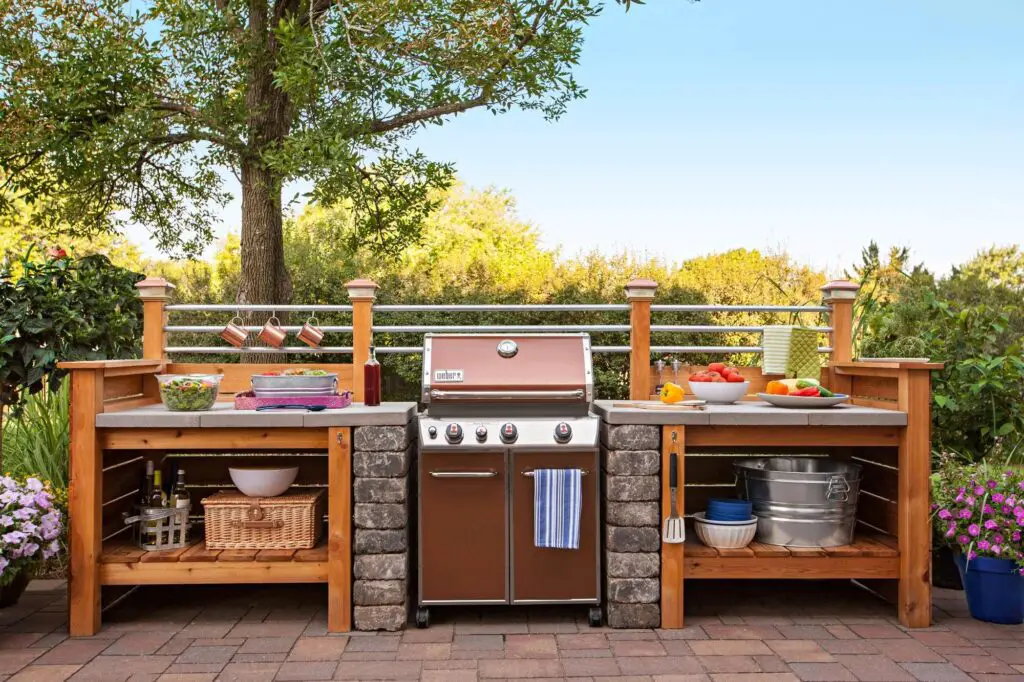
Conclusion
Designing an outdoor kitchen can greatly enhance the functionality and enjoyment of your outdoor living space. By carefully considering your needs and preferences, as well as the available space and budget, you can create a beautiful and functional outdoor kitchen that will be the envy of your friends and neighbors.
Layout is crucial when creating an outdoor kitchen. A layout that facilitates movement between cooking and preparation rooms is crucial. This can be done by situating the grill and cooking area near the food preparation area and providing enough counter space for meal preparation and serving. Material selection for your outdoor kitchen is also crucial. Materials must be sturdy and weather-resistant since they will be outdoors year-round. Outdoor kitchens often use stainless steel appliances and surfaces because they are sturdy and easy to clean.
Furthermore, incorporating functional and stylish features into your outdoor kitchen can greatly enhance its overall appeal. Consider adding a sink for easy clean-up, a refrigerator for storing beverages and food, and ample storage space for utensils, cookware, and other kitchen essentials. Additionally, adding a seating area or outdoor dining space can create a welcoming and comfortable atmosphere for entertaining guests.
Designing an outdoor kitchen requires careful planning and consideration of various factors such as layout, materials, and features. By taking the time to design a functional and aesthetically pleasing outdoor kitchen, you can create a space that not only enhances your outdoor living experience but also adds value to your home. So, whether you are a seasoned chef or simply enjoy cooking and entertaining outdoors, investing in an outdoor kitchen is a decision that you won’t regret.



